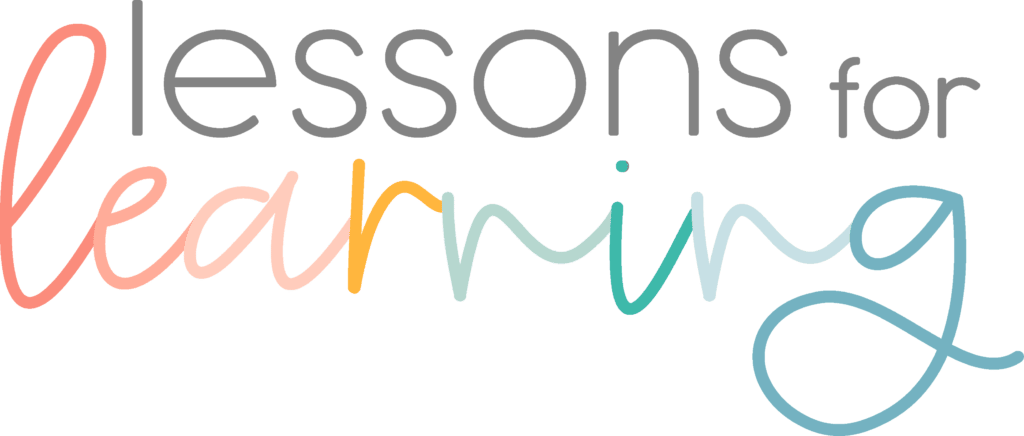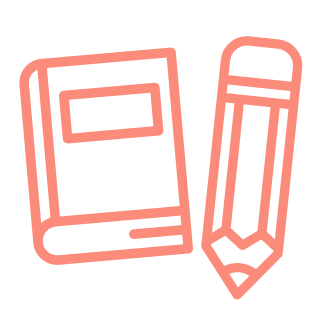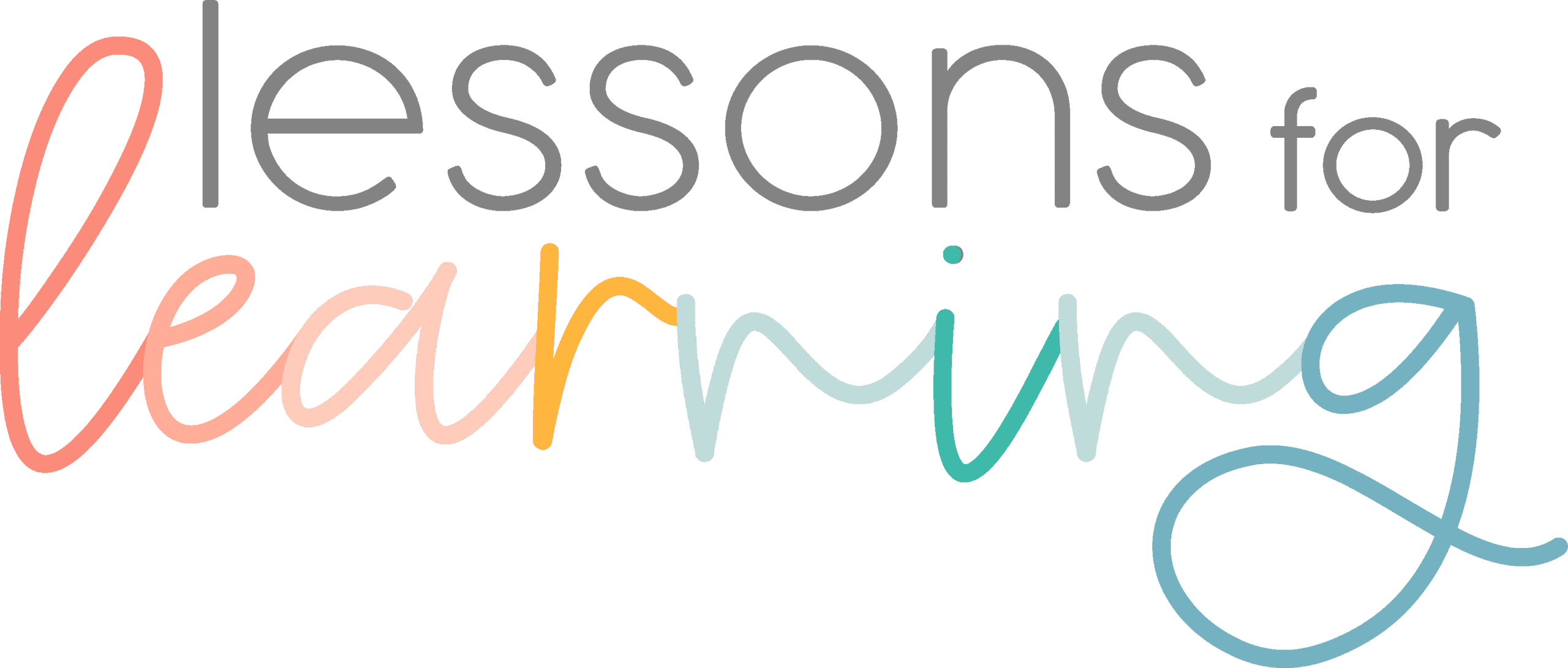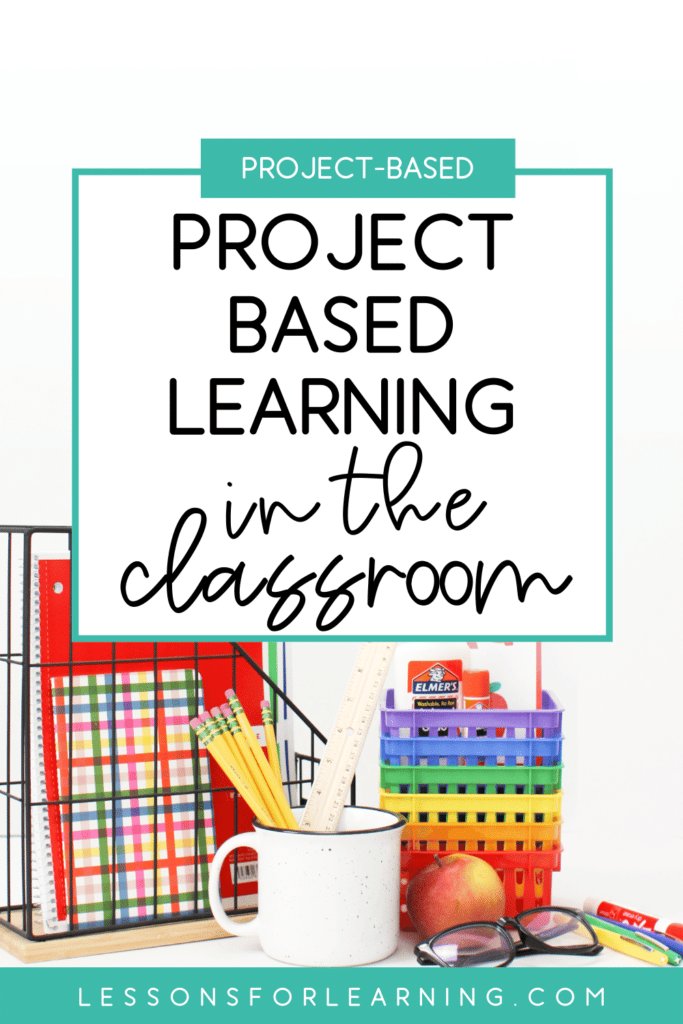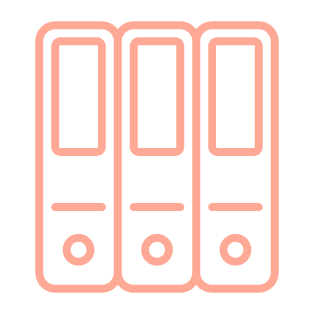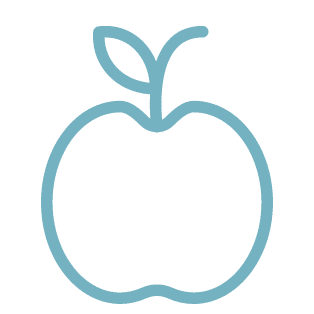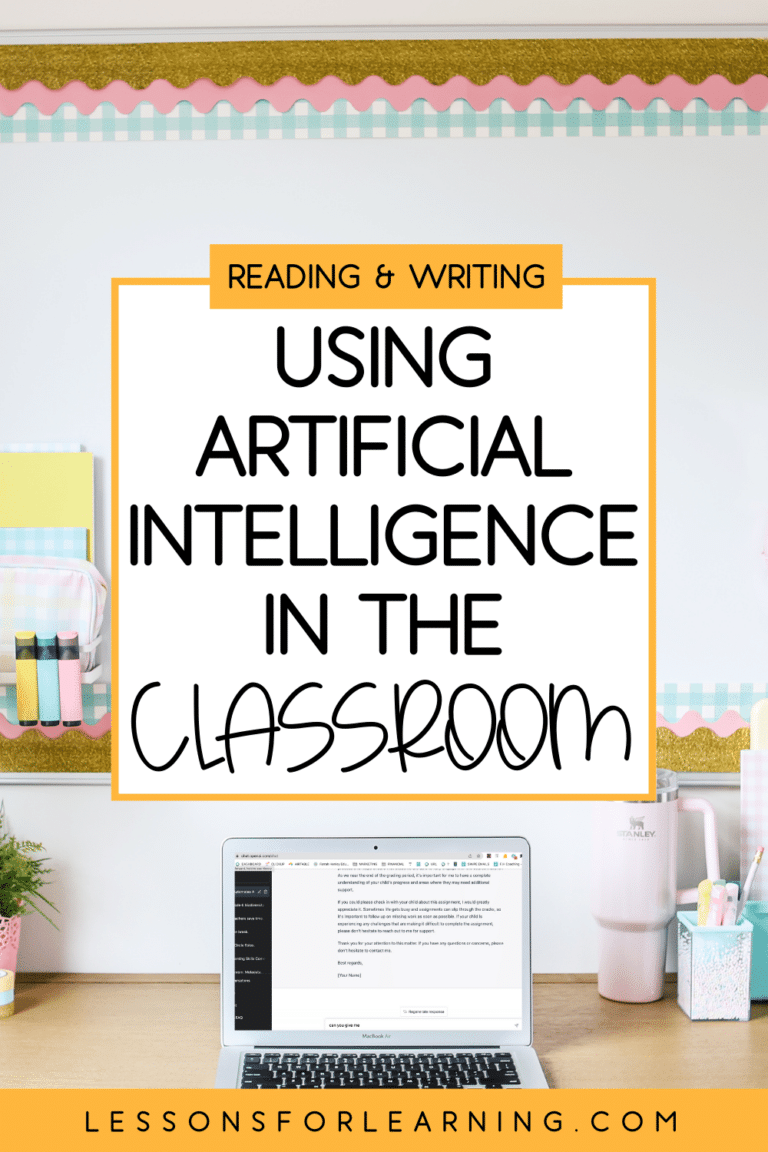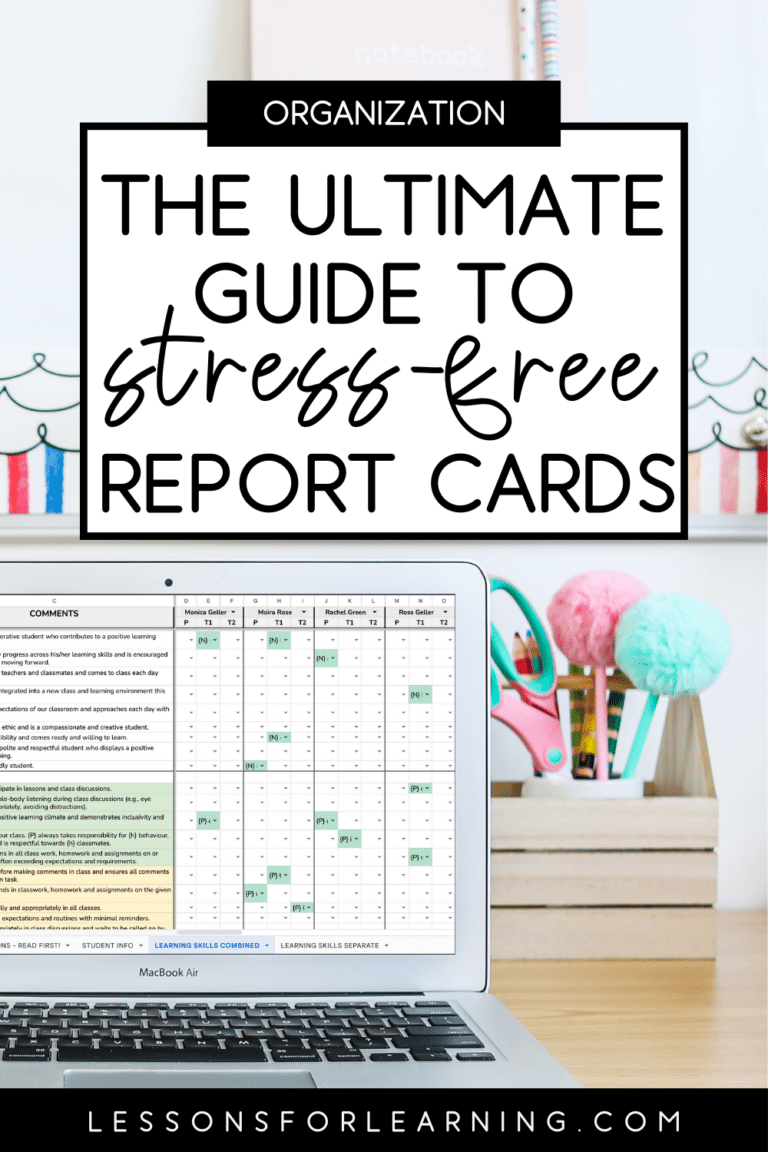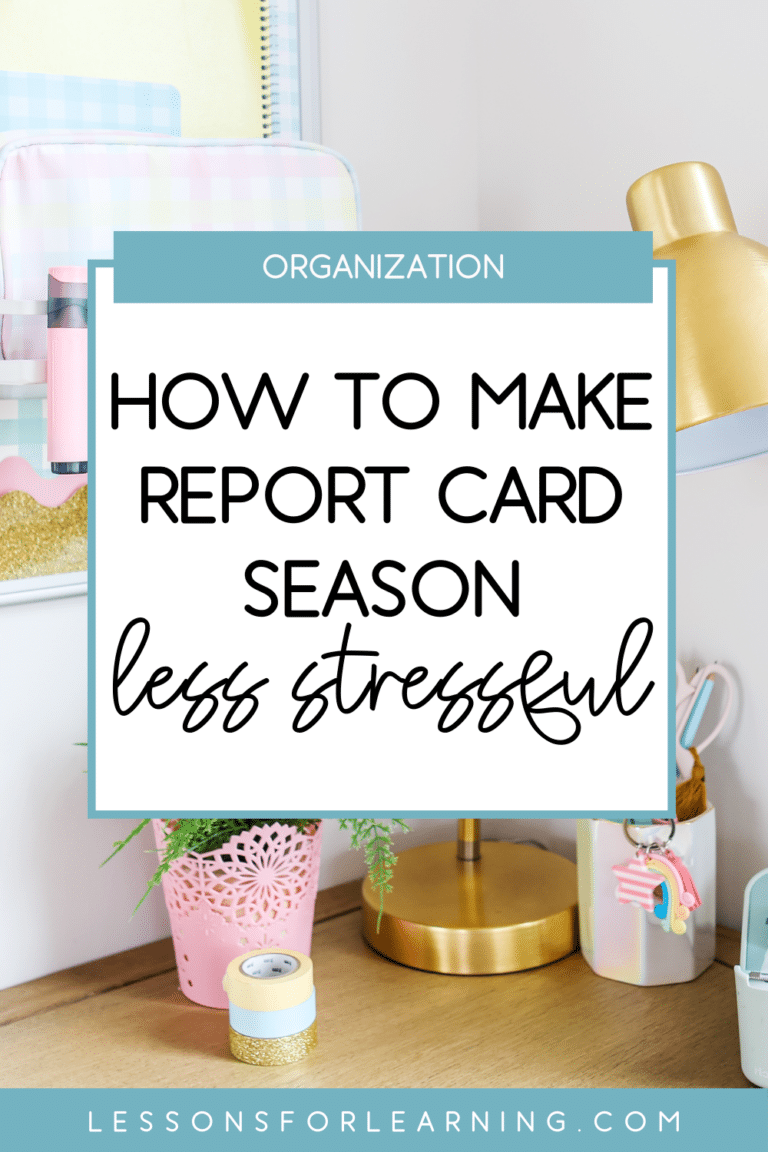Project-based learning is a term that has been popping up in education for a few years now. So if you don’t know much about it or haven’t tried it in your classroom, keep reading! Project-based learning (PBL) can increase student engagement and simplify your planning and marking.
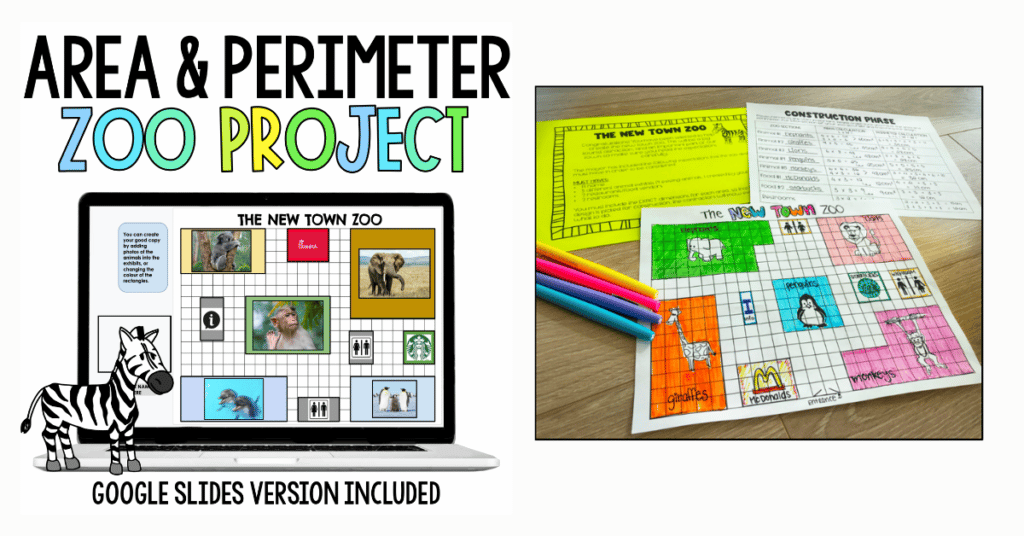
What is Project-Based Learning?
PBL Works states “Project-Based Learning is a teaching method in which students gain knowledge and skills by working for an extended period of time to investigate and respond to an authentic, engaging, and complex question, problem or challenge.”
In other words, you provide your students with a real-world problem and they use their creative and critical thinking skills to come up with the solution. As you can imagine, real-world problems involve multiple different skills and subjects, meaning the learning is rich and engaging.
Why use it?
- Complex Thinking
In the 21st century, the ability to be creative and think critically is crucial. Our society has automated nearly everything which means educators need to teach with the changing workforce in mind. As a result, we need to teach students to be innovative problem-solvers rather than rote-memorization masters. Project-Based Learning allows students to think outside of the box and solve problems in a creative way.
- Real-World Connections
If students can connect to the work they are doing, they work harder. Meaning, when we provide students with a project that has a real-life application, they become more motivated to learn the concepts necessary to complete the task. Gone are the days of hearing students ask, “why do we have to learn this?” With Project-Based Learning, it’s pretty clear.
- Student Engagement
As mentioned, student engagement will sky-rocket if your class motivated and intrigued by a challenge. When I have run different Project-Based Learning activities in my class, I’ve seen kids light up in a way that our day-to-day instruction just doesn’t always allow for. The cool thing is that a good PBL assignment has something for every learner. For example, a creative aspect, a logical/mathematical aspect, a linguistic aspect, etc., meaning every student can connect and create some they are proud of.
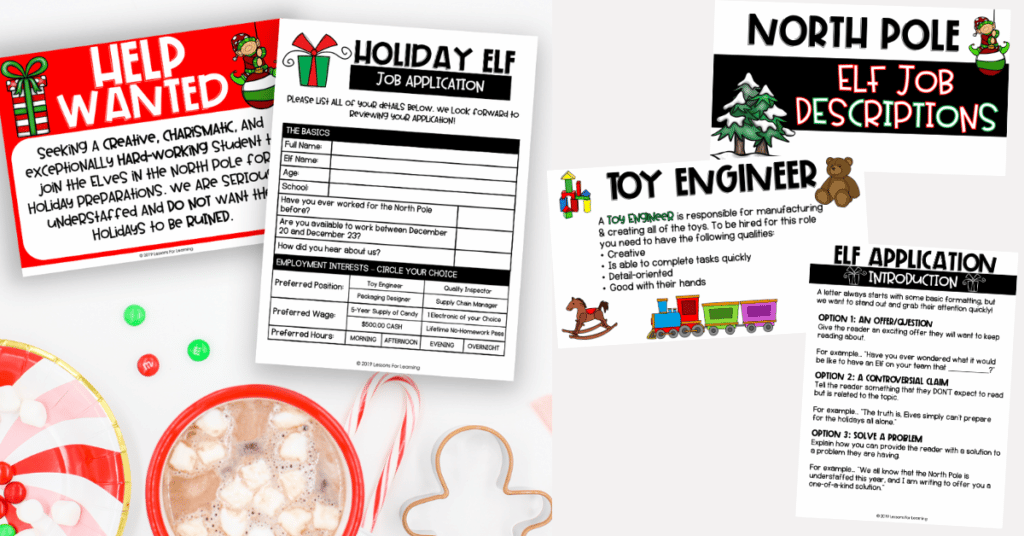
My Experience with Project-Based Learning
I’ve used PBL assignments in my classrooms many different times throughout the years. Typically, I create or purchase assignments and then see where they fit in best with my long-range plans for the year.
Some projects I have loved including are:
Dragon’s Den/Sharks Tank Inspired Entrepreneurship Assignment “Make a Product”
Area & Perimeter Zoo – Grades 2-4
Holiday Elf Assignment – Grades 2-4
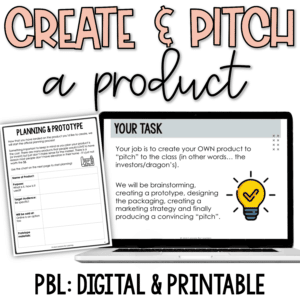
Conclusion & Freebie
In conclusion, the best part about project-based learning is that you don’t actually NEED a fancy TpT product to try it in your classroom. If you want to get started today you can plan your own assignment. Firstly, consider the interests and needs of your students. Then, involve them and their ideas in the planning using the free guide below. Their buy-in and engagement will AMAZE you.

Download my FREE Project-Based Learning planning guide below.
Want to wow yourself and your students? Create a PBL project digitally using my tips here:
